Description
Tigard is an open source FT2232H-based, multi-protocol, multi-voltage tool for hardware hacking. By incorporating commonly used pin-outs, a labelled wiring harness, onboard level-shifting, and a logic analyzer connection, it is designed specifically for attaching to and communicating with low-speed interfaces on reverse-engineered hardware targets.
Features & Specifications
- USB Type C high-speed (480 Mbps) interface
- FTDI FT2232HQ Dual High Speed USB to Multipurpose UART/FIFO IC
- Primary port dedicated to UART including access to all flow control signals
- Secondary port shared among dedicated headers for SWD, JTAG, SPI, and I²C
- High-performance directional level-shifters for 1.8 to 5.5 V operation
- Switch to choose between on-board 1.8 V, 3.3 V, 5.0 V, and off-board vTarget supplies
- Switch to choose between SPI/JTAG and I²C/SWD modes
- Logic analyzer (LA) port to observe device-level signals
- Indicator lights to aid debugging
Software Support
In general, Tigard was designed to work as-is with several tools and libraries that already support the x232H family of chips. This includes:
- USB-Serial drivers for UART access
- OpenOCD and UrJTAG for JTAG
- Flashrom, PyFtdi/PySpiFlash, LibMPSSE, and other tools for SPI interfaces
- LibMPSSE and PyFtdi/PyI2CFlash for I²C interfaces
Additional Information
| Weight | 0.5 lbs |
|---|---|
| Dimensions | 4 × 3 × 0.5 in |
| Brand |
Tigard Case
| Weight | 0.5 lbs |
|---|---|
| Dimensions | 3 × 3 × 0.5 in |
Reviews (1)
1 review for Tigard
Add a review Cancel reply
Related products
Hardware Tools
$55.00
Hardware Tools
$90.00 – $300.00
Hardware Tools
Rated 5.00 out of 5
$75.00
Hardware Tools
$50.00

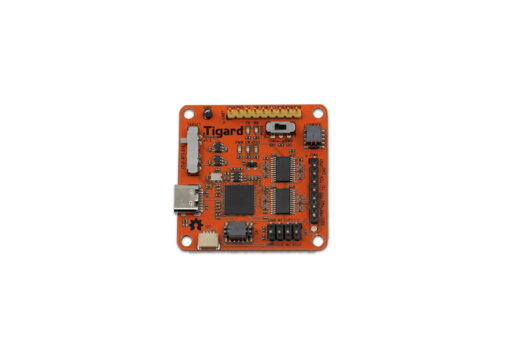
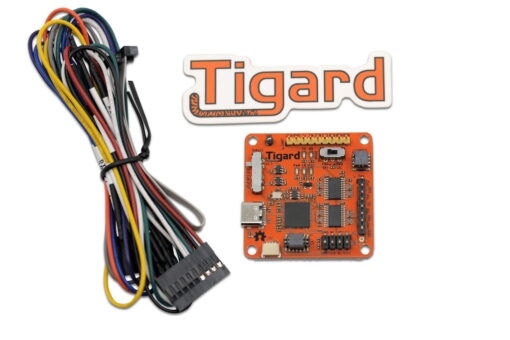
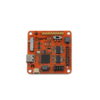
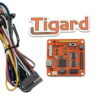
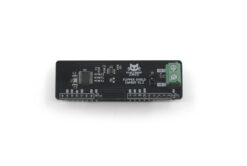

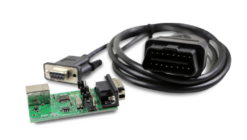
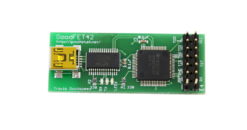
NotPike –
IMO this is a must have for Hardware hackers. Everything is labeled for SPI, JTAG, SWD, and UART and there’s a good amount of support with various debugging software.